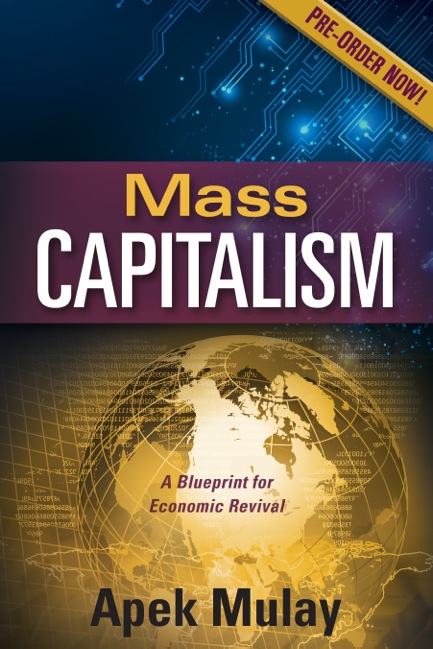As we discussed last week, innovation and collaboration will be key tools for semiconductor makers as they drive the industry forward.
This week, we continue our dialogue with semiconductor pundits and industry leaders quoted in a volume titled Fabless: The Transformation of the Semiconductor Industry, by author Daniel Nenni and contributor Paul McLellan. My responses to these leaders are based on macroeconomic principals on the theory of mass capitalism that I’ve been exploring in my writing.
Today, we’re testing the levels of optimism of a handful of semiconductor thought leaders. Jack Harding, president and chief executive of eSilicon, for one, is optimistic. In the book, he credits the semiconductor industry with some of the world’s boldest innovations, noting that the industry has solved “countless problems with uncanny predictability, and this will not stop.” Harding is very optimistic that the semiconductor industry will progress to overcome the economic barriers of Moore’s law.
Kathryn Kranen, chief executive officer of Jasper Design Automation, however, calls the semiconductor to a higher bar. She says that, to date, the semiconductor or electronic design automation (EDA) ecosystem has not fully take advantage of the connected and collaborative world it has helped to create.
I agree with Kranen’s assessment. The primary issue is that the current fabless business model does not ensure a complete collaboration among all players and contributors in this ecosystem. Some major managerial reforms are needed to ensure that we in the industry fully leverage the strengths offered by the connected, collaborative world that has been created.
David Halliday, chief executive officer of Silvaco, credits the customer with industry growth and says that a new and major consumer revolution is necessary to bring forth the next Golden Age of semiconductors.
The last Golden Age of free market economy occurred in the US from 1950 to 1970. To recapture that time, we need a major consumer revolution in terms of increasing the consumer purchasing power through reforms in US and global macroeconomic policies.
Finally, to reach this Golden Age, connections among industry players are not enough, according to Dr. John Tanner, chief executive officer of Tanner EDA: “Inter-disciplinary, intra-industry, and cross industry connections are required. As technological and business issues grow more complex, we’ll need to draw cross-domain expertise capability into the fold.”
The semiconductor industry’s fabless business model needs to undergo some reforms in order to increase collaboration and cooperation across different disciplines. In my upcoming book, I have made recommendations and proposed a new three-tier business model for the fabless semiconductor industry that would not just ensure a great collaboration but would also enhance cooperation in inter-disciplinary, intra-industry, and cross-industry avenues.
Let’s continue the discussion below. Share your thoughts in the comments section.


Recent Comments